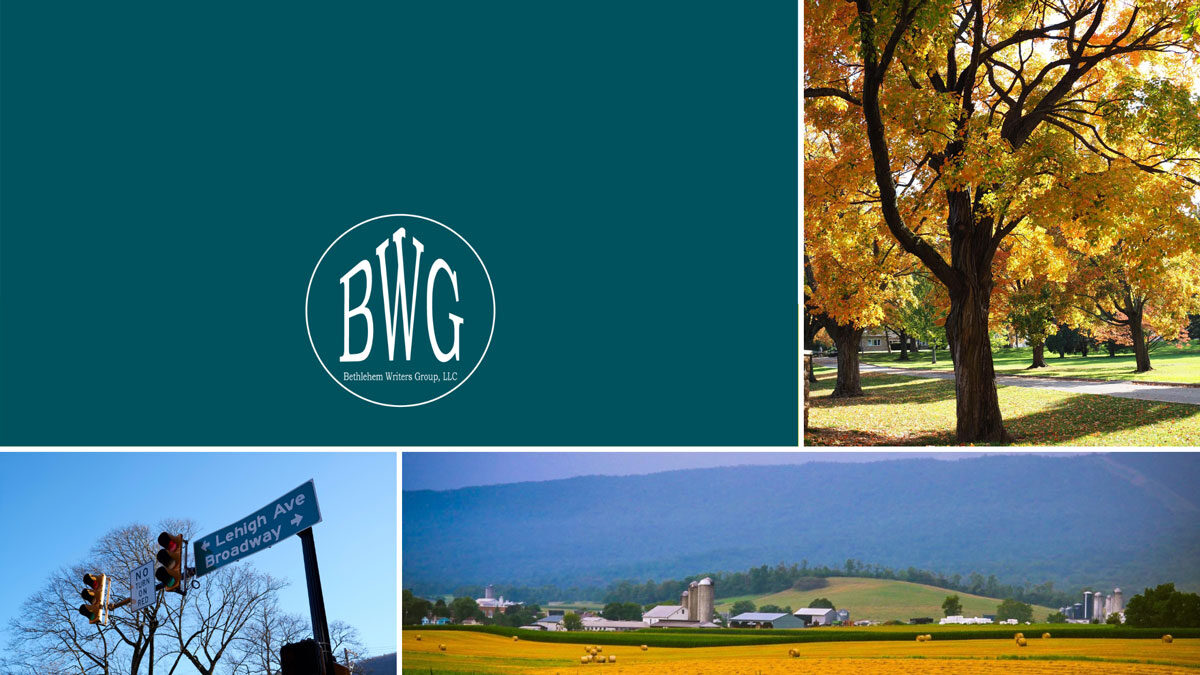
Happy Autumn, dear readers!
Wishing you a vibrant season with many opportunities for warmth and comfort!
Since I returned to Pennsylvania from my summer in Las Vegas, I had been looking forward to the seasonal changes, of knowing the months of the year from the briskness of the weather and the colors (or absence) of leaves, and of indulging in all kinds of pumpkin and maple treats. As the cooler temperatures arrived, I entered a time of preparation, not only for the holidays ahead, but also for plotting the spring planting. In addition, I looked forward to reading the histories I’d discovered out West—preferably by the fireplace with a hot cocoa.
Then, I received an unexpected call from the ten-year-old foster son of a friend who lived in South Carolina. I had bonded with the boy almost immediately when I learned his name was Rhubarb.
“Miss Betty,” he said. “Moms told me you would be the authority on this issue, so I should ask you.”
“Okay, let’s see. What’s the question?”
“What’s the name for a two hundred and fiftieth anniversary?”
I had to think about that. A centennial marked 100 years, and a bicentennial indicated 200.
“Sesquicentennial means one hundred and fifty years,” Rhubarb told me. “I know that because we have a state park named for the one hundred and fiftieth anniversary of Columbia becoming the capitol of South Carolina. We call it Sesqui State Park.”
I had clicked on my cell phone to search the internet as we talked. “This is what I’m finding for a two hundred and fiftieth anniversary: semiquincentennial or sestercentennial. Also, quarter millennial or bicenquinquagenary.”
“That’s neat,” he said.
“Why do you ask?”
“Because the United States is celebrating its two hundred and fiftieth anniversary in 2026. In history class, we’re studying that two hundred Revolutionary War battles took place in South Carolina. The school is taking us on a field trip to see Fort Moultrie on Sullivan’s Island near Charleston. In November, Moms and I are going to the Revolutionary War Field Days weekend in Camden. We’ll get to see a re-enactment of a battle.”
“It sounds like you have an exciting fall in store.”
“Yes, but it will be even better next year when the anniversary celebrations begin.”
We spoke for a while longer. When the call ended, I did more research. A Wikipedia article explained that the celebration would mark the 250th anniversary of the Declaration of Independence. Activities would be planned to take place in Boston, Philadelphia, New York, and Charleston, S.C. Other cities scheduling events included Louisville, Pittsburgh, Denver, San Francisco, and Washington, D.C. I found all this on the official website.
So, thanks to Rhubarb, I found myself with another research project. I was delighted with the autumn weather allowing me to curl up with my afghan and immerse myself into another aspect of history and to anticipate planning for a semiquincentennial anniversary celebration!
Happy Reading and Writing
Betty Wryte-Goode
Mixed-up Words
Between vs. Among
While these two words are often used interchangeably, they do not, in fact, mean precisely the same thing. While each refers to something shared by, dividing, or affecting more than one individual or group, the number of objects affected differ when using between vs. among.
“Between” refers only to two individuals or groups, e.g. “They two friends could split the three apples evenly between them, after Sara cut one in half.”
“Among” refers to more than two individuals or groups. E.g. the six people shared the three apples among them after cutting each apple in half.”
Putting them together:
Between the parents, they had fifty dollars to distribute among their four children.



